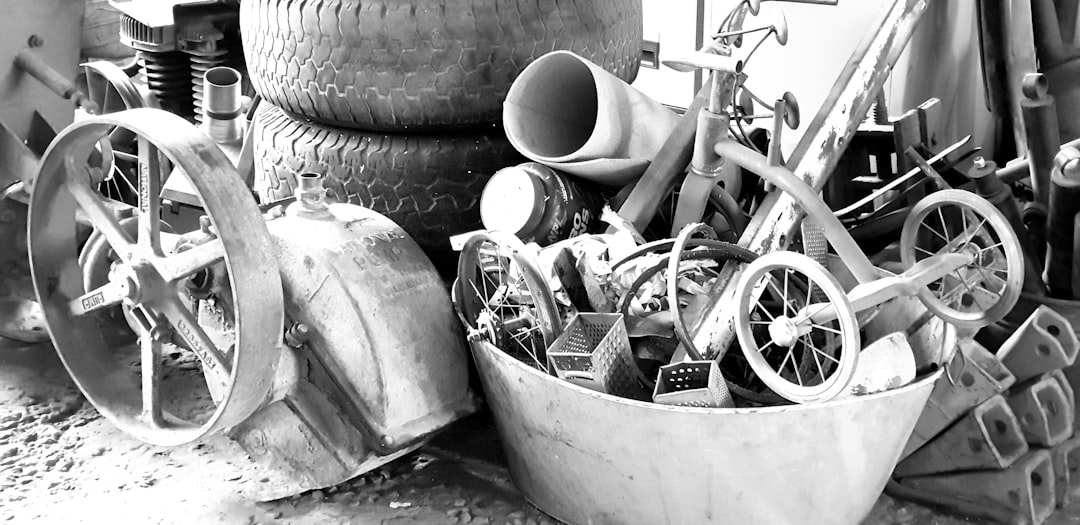The Best Advice on I’ve found

The San Francisco Bay Area is known for its mild and temperate climate, with cool summers and mild winters. However, this does not mean that heating and cooling systems are not necessary. In fact, the Bay Area’s unique microclimates and temperature fluctuations require a well-designed and efficient heating and cooling system to maintain a comfortable indoor environment. In this article, we will explore the importance of heating and cooling systems in the Bay Area, the different types of systems available, and provide tips on how to choose the right one for your home or business.
Understanding the Bay Area Climate
The San Francisco Bay Area is characterized by a Mediterranean climate, with cool, wet winters and warm, dry summers. The region’s proximity to the Pacific Ocean and the Sierra Nevada mountains creates a unique microclimate, with temperature fluctuations between the coastal and inland areas. The average temperature in the Bay Area ranges from 40?F to 70?F (4?C to 21?C), with an average annual rainfall of around 20 inches (500 mm). While the climate is generally mild, it can be quite chilly in the winter and hot in the summer, making heating and cooling systems essential for maintaining a comfortable indoor environment.
Types of Heating and Cooling Systems
There are several types of heating and cooling systems available, each with its own advantages and disadvantages. The most common types of systems include:
1. Central Heating and Cooling Systems: These systems use a central unit to heat and cool the air, which is then distributed throughout the building through a network of ducts. Central systems are effective for large buildings and can be more efficient than individual units.
2. Heat Pumps: Heat pumps are a type of central system that can provide both heating and cooling. They work by transferring heat from one location to another, rather than generating heat from fuel.
3. Radiant Floor Heating: Radiant floor heating involves installing heating elements, such as pipes or electric mats, under the floor to warm the space. This type of system is effective for small areas and can be more efficient than traditional central systems.
4. Ductless Mini-Split Systems: Ductless mini-split systems are a type of central system that does not require ductwork. They are effective for small areas and can be more efficient than traditional central systems.
5. Window Units: Window units are individual units that are installed in windows to provide heating and cooling. They are effective for small areas and can be more efficient than traditional central systems.
Choosing the Right Heating and Cooling System
Choosing the right heating and cooling system for your Bay Area home or business requires careful consideration of several factors, including:
1. Climate: The Bay Area’s mild climate means that heating and cooling systems do not need to work as hard as they would in other regions. However, it is still important to choose a system that can effectively maintain a comfortable indoor environment.
2. Size: The size of the space to be heated or cooled is an important factor in choosing the right system. Larger spaces require more powerful systems, while smaller spaces can be effectively cooled or heated with smaller units.
3. Budget: The cost of the system is an important factor in choosing the right one. More expensive systems may be more efficient and effective, but they may not be necessary for smaller spaces or those with mild climate conditions.
4. Energy Efficiency: Energy efficiency is an important consideration when choosing a heating and cooling system. Look for systems with high Energy Efficiency Ratings (EER) and Seasonal Energy Efficiency Ratings (SEER) to ensure that you are getting the most out of your system.
Tips for Maintaining Your Heating and Cooling System
Regular maintenance is essential for ensuring that your heating and cooling system runs efficiently and effectively. Here are some tips for maintaining your system:
1. Change the Air Filter: Changing the air filter regularly is important for maintaining the efficiency and effectiveness of your heating and cooling system. A dirty air filter can reduce airflow and increase energy consumption.
2. Clean the Condenser Coils: The condenser coils on your outdoor unit should be cleaned regularly to ensure that they are free from debris and dirt. This will help to improve airflow and reduce energy consumption.
3. Check the Refrigerant: The refrigerant in your heating and cooling system should be checked regularly to ensure that it is at the correct level. Low refrigerant levels can reduce the effectiveness of your system.
4. Insulate Your Ducts: Insulating your ducts can help to reduce energy consumption and improve the efficiency of your heating and cooling system. This is especially important for ductless mini-split systems.
5. Schedule Regular Maintenance: Scheduling regular maintenance with a professional technician is important for ensuring that your heating and cooling system runs efficiently and effectively. This should include annual tune-ups and inspections.
Conclusion
The Bay Area’s unique climate and microclimates require a well-designed and efficient heating and cooling system to maintain a comfortable indoor environment. By understanding the different types of systems available and choosing the right one for your home or business, you can ensure that you are getting the most out of your system. Regular maintenance is also essential for ensuring that your system runs efficiently and effectively. By following the tips outlined in this article, you can enjoy a comfortable and energy-efficient indoor environment in the Bay Area.
This post topic: Relationships